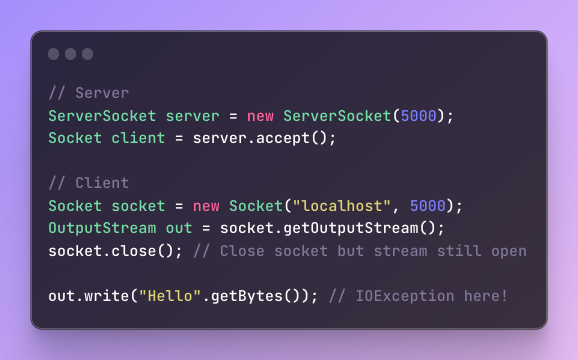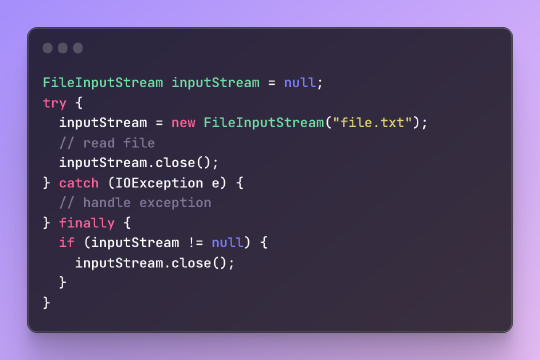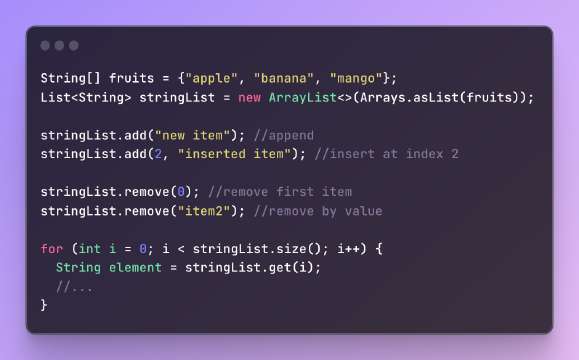Optimizing Array Searches in MongoDB§
When working with MongoDB, optimizing array searches is crucial for enhancing query performance and streamlining array search operations. By focusing on the efficiency of array searches, we can significantly improve the overall performance of our database queries, especially when dealing with non-empty arrays. Leveraging operators such as $size, $exists, $not, $type, and $where can provide valuable insights into identifying and retrieving documents with non-empty arrays.
Using the $size Operator§
The $size operator in MongoDB is a powerful tool for identifying non-empty arrays within documents. By leveraging the $size operator, we can efficiently search for records that contain arrays of a specific length, thus enabling us to pinpoint non-empty arrays with precision. Understanding the syntax and usage of the $size operator is essential for crafting effective queries that target non-empty arrays.
1db.collection.find( { field: { $size: 2 } } );
mdWhen using the $size operator, it is important to specify the desired array size as the operand.
For example: { field: { $size: 3 } } will match documents where the "field" contains an array with exactly three elements. This level of granularity allows for accurate identification of non-empty arrays based on their length.By mastering the utilization of the $size operator, MongoDB users can streamline their search operations and retrieve relevant documents containing non-empty arrays. This approach enhances query performance and facilitates efficient data retrieval from collections with diverse array structures.
Understanding how to effectively employ the $size operator empowers developers and database administrators to harness MongoDB’s capabilities for identifying and working with non-empty arrays in a streamlined manner.
Leveraging the $exists Operator§
The $exists operator in MongoDB serves as a valuable tool for identifying documents with non-empty array fields. By utilizing the $exists operator, users can effectively search for records that contain specific array fields, thereby streamlining the process of locating non-empty arrays within a collection.
1{ field: { $exists: <boolean> } }
mdWhen applied in MongoDB queries, the $exists operator allows for the targeted identification of documents that possess non-empty array fields. This functionality is particularly useful in scenarios where it is essential to isolate and retrieve records based on the presence of non-empty arrays within specific fields.
Exploring the application of the $exists operator provides database practitioners with insights into how this operator can be leveraged to enhance query precision and efficiency. By incorporating the $exists operator into their MongoDB queries, users can effectively filter and retrieve documents containing non-empty array fields, thus optimizing data retrieval processes.
The versatility of the $exists operator makes it an indispensable asset for efficiently navigating and querying MongoDB collections to identify and work with non-empty array fields. Its application empowers users to tailor their search criteria to focus on documents that contain relevant array data, contributing to improved query performance and streamlined array search operations.
Utilizing the $not Operator§
In MongoDB, the $not operator plays a pivotal role in locating non-empty arrays within documents. By applying the $not operator, users can effectively identify and retrieve records that do not contain empty arrays, thereby streamlining array search operations and enhancing query precision.
1{ field: { $not: { <operator-expression> } } }
mdThe usage of the $not operator in array search operations enables MongoDB users to specify criteria for excluding documents with empty arrays, focusing exclusively on those containing non-empty arrays. This approach facilitates efficient data retrieval by filtering out irrelevant records and honing in on documents that align with the specified non-empty array criteria.
Understanding the syntax and application of the $not operator is essential for crafting targeted queries that pinpoint non-empty arrays within MongoDB collections. By leveraging the capabilities of the $not operator, users can refine their search parameters to seamlessly locate and work with documents featuring non-empty arrays, contributing to improved query performance and streamlined array search operations.
The strategic utilization of the $not operator empowers database practitioners to navigate MongoDB collections with precision, ensuring that their queries yield results specifically tailored to identifying and retrieving documents containing non-empty arrays.
Exploring the $type Operator§
In MongoDB, the $type operator serves as a valuable tool for identifying documents with a specific BSON data type, particularly type 4 which represents arrays. By leveraging the $type operator, users can efficiently search for and retrieve records that contain fields with array data type, thereby gaining insights into the structure and composition of their collections.
1{ field: { $type: <BSON type> } }
2{ field: { $type: [ <BSON type1> , <BSON type2>, ... ] } }
mdThe utilization of the $type operator to find documents with array data type enables MongoDB practitioners to gain a comprehensive understanding of the distribution and prevalence of arrays within their database. This knowledge is instrumental in informing query design and optimizing data retrieval processes by honing in on fields that hold array values.
Understanding the significance of BSON data type 4 (Array) in MongoDB is pivotal for database administrators and developers seeking to navigate and manipulate array data within their collections. The $type operator provides a mechanism for precisely identifying fields with array data type, offering valuable insights into the composition and organization of array structures within documents.
By exploring the application of the $type operator in MongoDB queries, users can effectively target fields containing arrays, facilitating streamlined access to array-specific data and enhancing query precision. This approach contributes to improved efficiency in working with array data types, ultimately bolstering the overall effectiveness of database operations.
Harnessing the $where Operator§
The $where operator in MongoDB provides a powerful mechanism for matching documents with empty array fields. By leveraging the $where operator, users can craft queries that dynamically evaluate JavaScript expressions to identify and retrieve records featuring empty array fields, thereby facilitating targeted data retrieval and analysis.
1{ $where: <string|JavaScript Code> }
mdExploring the application of the $where operator for array search criteria enables MongoDB practitioners to tailor their queries to specifically target documents with empty array fields. This approach empowers users to define custom conditions using JavaScript expressions, allowing for flexible and precise identification of records containing empty arrays within their collections.
Leveraging the $where operator for array search criteria offers database administrators and developers a versatile tool for honing in on documents with specific array characteristics. Whether it involves identifying and analyzing records with empty array fields or implementing custom logic for array-based queries, the $where operator provides a robust framework for addressing diverse array-related search criteria.
By harnessing the capabilities of the $where operator, MongoDB users can effectively navigate their collections to match documents with empty array fields, enabling them to gain valuable insights into the distribution and prevalence of such arrays within their database. This approach contributes to enhanced query precision and facilitates efficient data retrieval processes tailored to the unique requirements of working with empty arrays.
Enhancing Array Search Efficiency in MongoDB§
Efficient array search operations are pivotal for optimizing query performance and improving the overall efficiency of identifying non-empty arrays within MongoDB collections. By leveraging operators such as $size, $exists, $not, $type, and $where, users can streamline array search operations and enhance the precision of their queries. This approach not only contributes to improved data retrieval processes but also empowers database practitioners to navigate and manipulate array data with enhanced efficiency. By incorporating these strategies into their MongoDB workflows, users can significantly elevate the array search efficiency within their database environment.
In conclusion, the strategic utilization of MongoDB’s array-specific operators is instrumental in enhancing query performance and streamlining the identification of non-empty arrays, ultimately contributing to a more efficient and effective data management experience.











